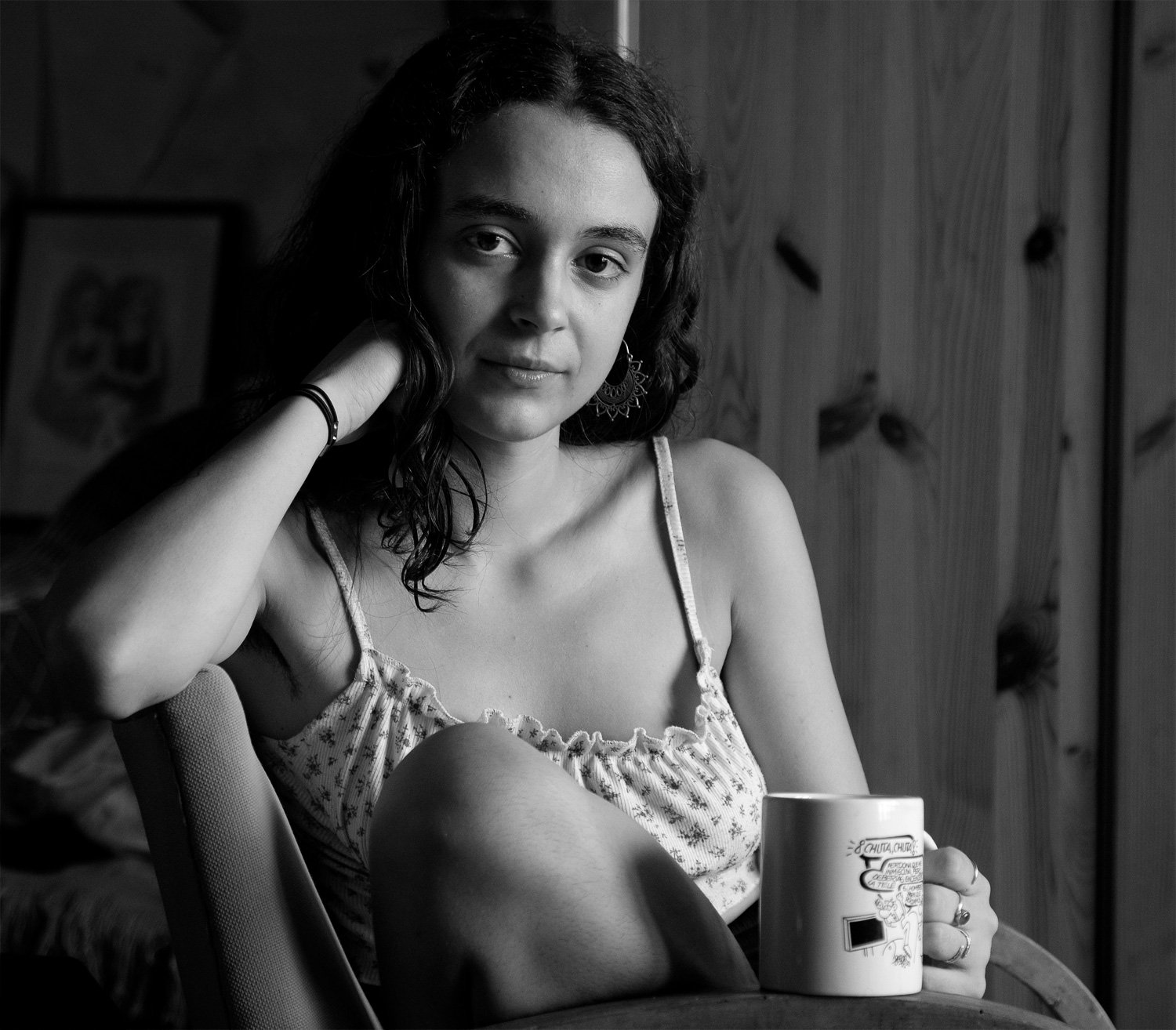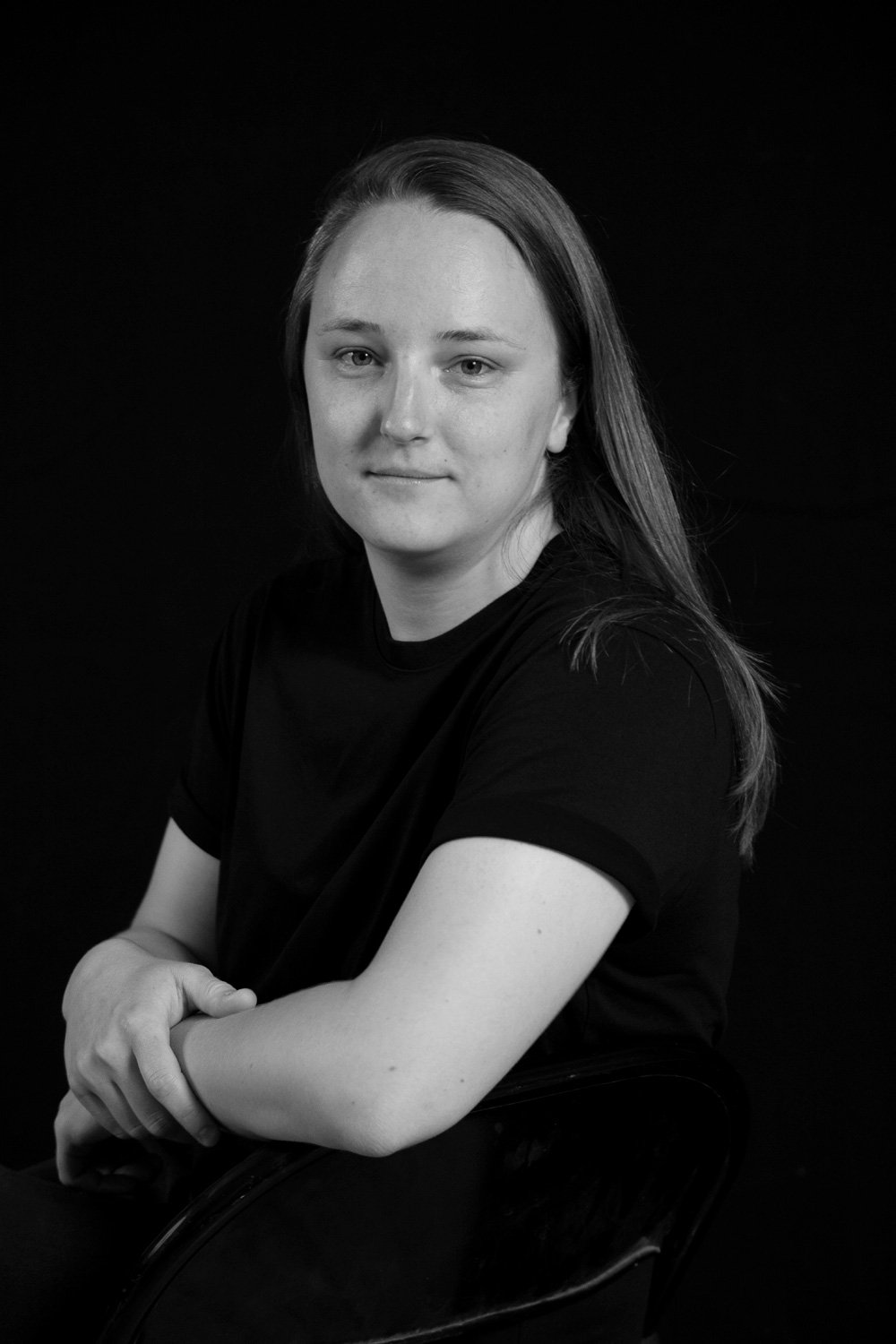I really wanted to photograph Elvira Dyangani Ose, the first woman to take over the direction of MACBA since it opened almost thirty years ago.
We shot the portraits in the storeroom where part of the museum's impressive collection, an exhaustive sample of the world's contemporary art, is kept.
Elvira, kind and extremely charming, has just arrived from Mexico and has had little sleep, but she still manages to make the session pleasant and fun until the end.
—
Elvira Dyangani Ose is Director of the Museu d'Art Contemporàni de Barcelona (MACBA).
Born in Cordoba, with origins in Equatorial Guinea, she holds a degree in Art History from the Universitat Autònoma de Barcelona. She holds a Diploma of Advanced Studies in Architecture, History and Theory of Architecture from the Universitat Politècnica de Catalunya, and a Master of Arts degree from Cornell University, Ithaca, New York (currently completing her doctorate).
2004 to 2006, Curator of Contemporary African Art and Culture, Centro Atlántico de Arte Moderno (CAAM), Las Palmas de Gran Canaria, Spain.
2006 to 2008, Curator of Contemporary Art and Publications Editor (Spanish), Centro Andaluz de Arte Contemporáneo (CAAC), Seville.
2011 to 2013, Artistic Director, Rencontres Picha. Biennale de Lubumbashi, Democratic Republic of Congo.
2011 to 2014, Curator International Art, Supported by Guaranty Trust Bank Plc., Tate Modern, London.
2015, Curator of the 8th edition of Göteborg International Biennial for Contemporary Art, GIBCA, Gothenburg.
2017 to 2018, Creative Time Senior Curator, New York.
2021, Director and Head Curator, The Showroom, London.
Lecturer in Visual Cultures. Goldsmiths, University of London.
Member of the Thought Council, Fondazione Prada.

















